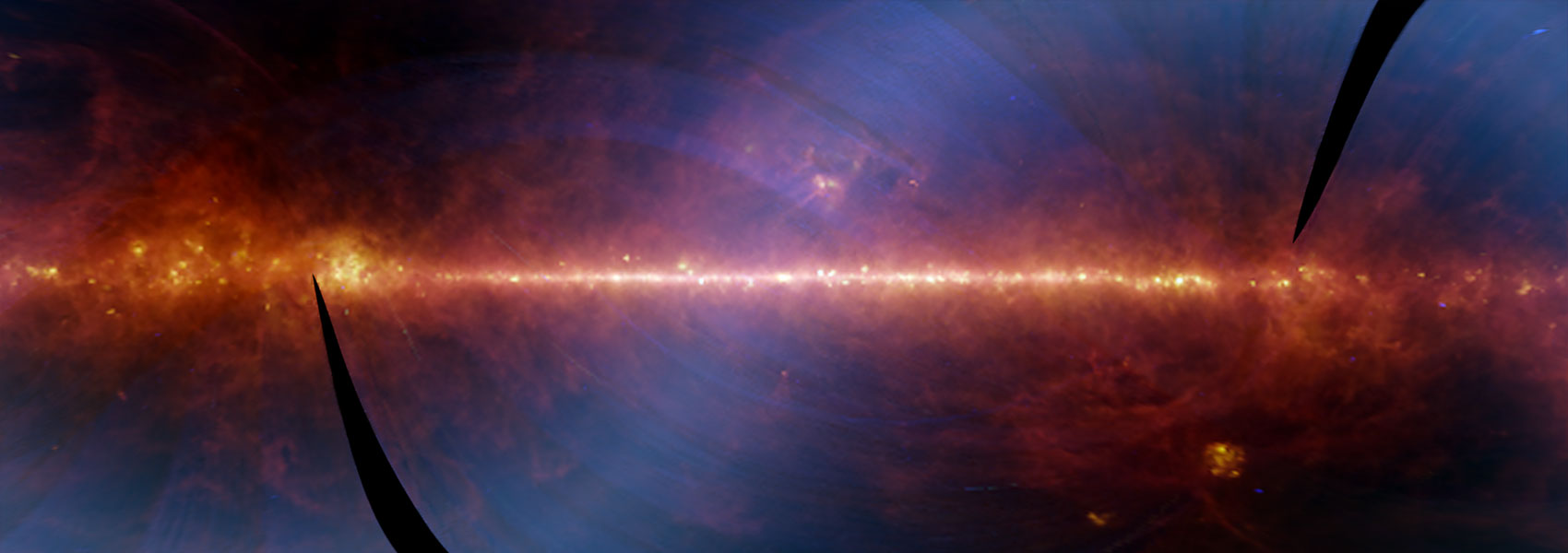December
2015
•
2015ApJ...814...96W
Authors
•
Webb, Tracy M. A.
•
Muzzin, Adam
•
Noble, Allison
•
Bonaventura, Nina
•
Geach, James
•
Hezaveh, Yashar
•
Lidman, Chris
•
Wilson, Gillian
•
Yee, H. K. C.
•
Surace, Jason
•
Shupe, David
Abstract
•
We present the results of an MIPS-24 μm study of the brightest cluster galaxies (BCGs) of 535 high-redshift galaxy clusters. The clusters are drawn from the Spitzer Adaptation of the Red-Sequence Cluster Survey, which effectively provides a sample selected on total stellar mass, over 0.2 < z < 1.8 within the Spitzer Wide-Area Infrared Extragalactic (SWIRE) Survey fields. Twenty percent, or 106 clusters, have spectroscopically confirmed redshifts, and the rest have redshifts estimated from the color of their red sequence. A comparison with the public SWIRE images detects 125 individual BCGs at 24 μm ≳ 100 μJy, or 23%. The luminosity-limited detection rate of BCGs in similar richness clusters (Ngal > 12) increases rapidly with redshift. Above z ∼ 1, an average of ∼20% of the sample have 24 μm inferred infrared luminosities of LIR > 1012 L⊙, while the fraction below z ∼ 1 exhibiting such luminosities is <1%. The Spitzer-IRAC colors indicate the bulk of the 24 μm detected population is predominantly powered by star formation, with only 7/125 galaxies lying within the color region inhabited by active galactic nuclei (AGNs). Simple arguments limit the star formation activity to several hundred million years and this may therefore be indicative of the timescale for AGN feedback to halt the star formation. Below redshift z ∼ 1, there is not enough star formation to significantly contribute to the overall stellar mass of the BCG population, and therefore BCG growth is likely dominated by dry mergers. Above z ∼ 1, however, the inferred star formation would double the stellar mass of the BCGs and is comparable to the mass assembly predicted by simulations through dry mergers. We cannot yet constrain the process driving the star formation for the overall sample, though a single object studied in detail is consistent with a gas-rich merger.
Links



